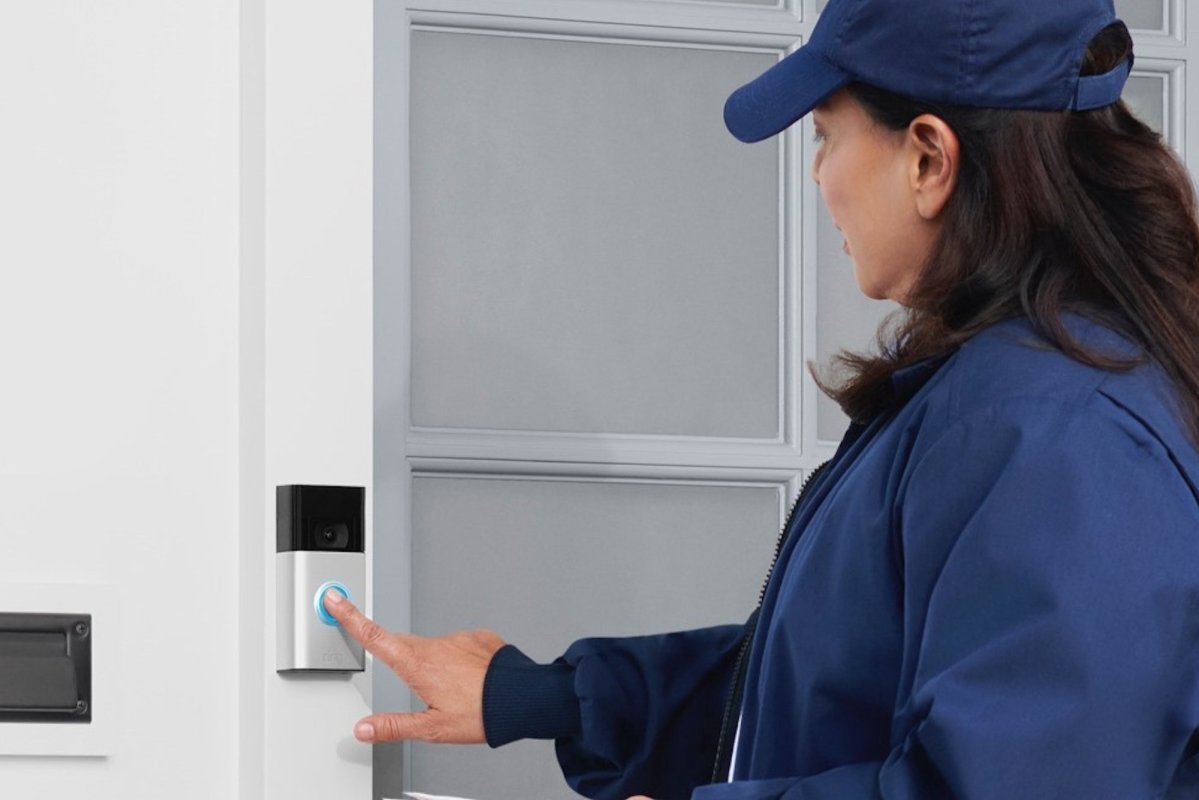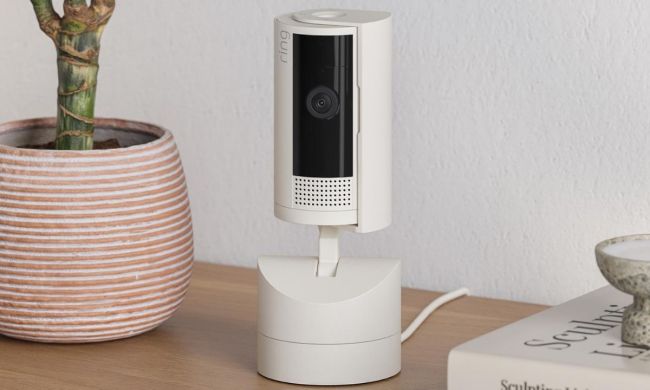Video doorbells lie near and dear to our hearts here at Digital Trends because they’re one of the most basic ways that you can help secure your home. But The Intercept found documents in the recent BlueLeaks hack that highlights concerns by the FBI about how video doorbells can compromise officer safety when approaching a suspect’s house.
Specifically, the FBI cites a case in 2017 where officers served a warrant in the New Orleans area. The suspect was not home, but they were able to see the FBI approach their home remotely and contact a neighbor and their landlord. The FBI goes on to surmise that devices like this could allow a subject to covertly surveil law enforcement on the property, capture images of personnel, and so on.
But what about Ring?

One could argue that this is a bit of a departure from past efforts by law enforcement to set up a network of surveillance on demand. Ring, in particular, worked hand in hand with police departments across the country. It sought out local police departments to develop community relations outreach involving free video doorbells and a dashboard that encourages citizens to turn over doorbell camera footage to police. There was a time in the past when Ring provided a heat map of video doorbells to police so they can know where Big Brother was.
The Intercept goes on to question whether or not home surveillance is a net benefit, not only for homeowners, but for people who live in proximity to them. As far as I’m aware, there aren’t any laws on the books about what a camera is allowed and not allowed to record. I have three cameras set up at my house, and every one of them captures at least a part of a neighbor’s house or property. Is that a benefit to them if their house ever gets robbed? Sure. But what else might the cameras capture that my neighbors might not be too crazy about?
Police on the scene
Getting back to law enforcement, the FBI documents lay out new dangers officers may encounter because of this smart home tech. It’s hard to argue the point. The problem isn’t so much that surveillance equipment wasn’t available in the past, but that smart home tech has really turned a corner in making video surveillance not only widely available to the public, but also cheap, easy to install, and simple to integrate into your home.
Cameras today don’t require wires or complex monitor setups. You can basically plop one on a table, connect it to an app, and see your living room from the bedroom, from across town, or from around the world. This is a legitimate concern for law enforcement who depend on covert operations for safety. Even if you cut power to a house, there are still a few options that will continue to record. It’s this ease of use, as well as low price points, that make cameras accessible technology to the everyday person.

Granted, this is definitely a niche case in the industry. Nobody designed and built a smart home camera with the intention of capturing officers serving a warrant. But it shows the unforeseen repercussions mass adoption of technology can have. The Ring footage may be useful in tracking down a criminal or capturing a criminal act. But they can also help thwart attempts by those same officers to execute their duties.
Technology is a really great thing, and more technology in a home is a win. But it’s important to keep in mind that for every package protected by a doorbell, there may be an officer at risk serving a warrant. For every crime caught by a nanny cam, there can be a hacker trying to convince your daughter that he’s Santa Claus. It just goes to show that a technology with many benefits can come back and bite you if you’re not careful.
Correction: An earlier version of this article incorrectly stated that Ring provided police with a heat map to its device. The company no longer does this. Ring updated the video request feature for public agencies back in July 2019, so it no longer includes a heat map with approximate device density information.



